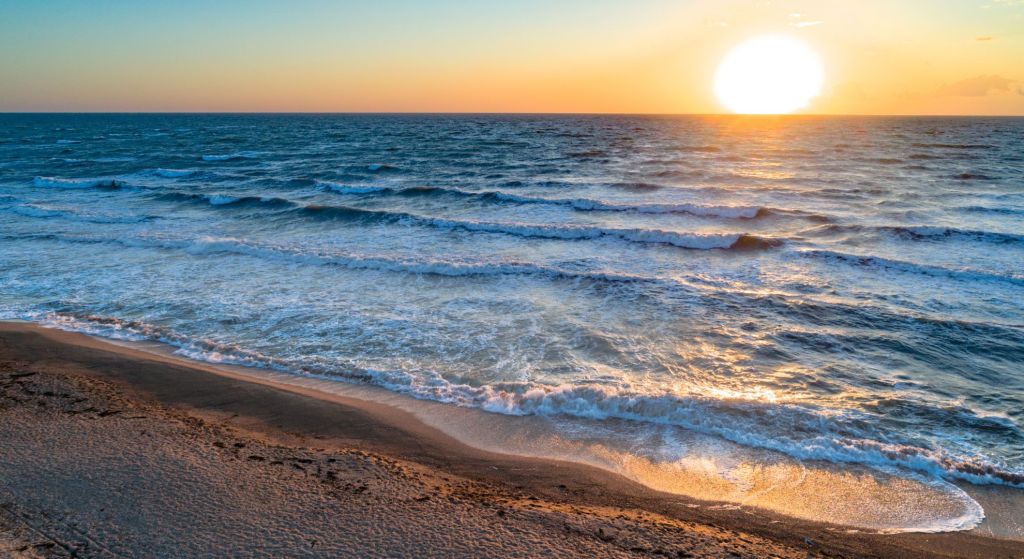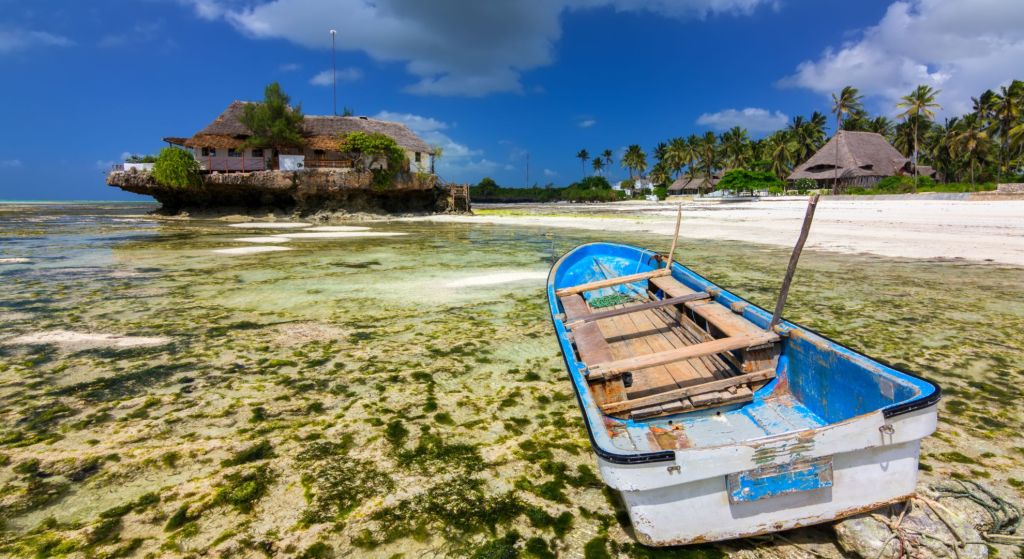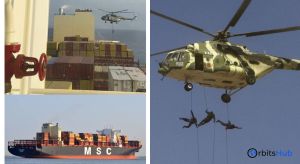The White Sea, known as the Beloye More in Russia, is an intriguing body of water nestled in the northwestern region of Russia. It is the smallest sea within the Russian Federation and is nearly entirely landlocked. Despite its relatively small size, the White Sea is brimming with fascinating features and secrets. Here are “10 White Sea Facts You Might Not Know” that will surely captivate your interest., pulvinar dapibus leo.

Geographic Location and Formation

The White Sea is situated in the Arctic region of Russia, making it an almost landlocked extension of the Arctic Ocean. It is surrounded by the oblasts of Arkhangelsk and Murmansk and includes the Republic of Karelia. The sea’s unique shape is formed by its four large bays or inlets: the Kandalaksha Gulf, Dvina Gulf, Onega, and Mezen Gulf.
The White Sea is believed to have been formed during the last glacial period, which ended around 12,000 years ago. During this era, the sea level was significantly lower than it is today. The region that forms the White Sea was initially a river valley. As the climate warmed and glaciers melted, the sea levels increased, and the valley was subsequently flooded, forming the White Sea.
Distinctive Name and Size
The sea’s name, the White Sea, is one of four seas globally named after common color terms, including the Black Sea, Red Sea, and Yellow Sea. However, it is thought that the sea got its name due to its ice-covered surface for most of the year.
Covering an area of about 90,000 square kilometers or 36,680 square miles, the White Sea is a significant body of water despite being the smallest sea in Russia. Its waters are approximately 60 meters or 200 feet deep on average, while its maximum depth is 340 meters or 1,115 feet, found in the northeastern region of the Kandalaksha inlet.
Connection with Other Seas
The Gorlo Strait, a relatively smaller and shallower basin, connects the White Sea with the Barents Sea. On the other hand, the White Sea Canal links it to the Baltic Sea. This strategic waterway shortens the journey from St. Petersburg to Arkhangelsk by 4000 kilometers.
After opening to the public in 1933, Russia’s White Sea-Baltic Canal quickly became an important maritime route. It connects Lake Onega to the Baltic Sea after joining the White Sea with it. The canal is historic because it was one of the first significant construction projects undertaken by the Soviet Union.
Major Bays or Gulfs
The White Sea’s irregular shape is created by four large gulfs or bays: the Kandalaksha Gulf, Dvina Gulf, Onega, and Mezen Gulf.
The Kandalaksha Gulf lies in the northwestern corner of the White Sea. Its northernmost point is the city of Kandalaksha, and its southernmost point is ten kilometers away from the Vitino oil port.
Among the several bays that make up the White Sea, the most southern one is Onega. Its dimensions are 185 km in length and 100 km in width, giving it a total area of 6630 sq km.
Another important bay, Dvina Bay, receives its water supply from the Northern Dvina River. Dvina Bay is home to the cities of Arkhangelsk and Severdodvinsk.
The easternmost bay is Mezen, located to the south of the Kanin Peninsula.
Unique Islands

Several islands lie within the White Sea, with the Solovetsky archipelago being the most famous. It comprises six islands and covers approximately 347 sq km. They separate the Bay of Onega from the rest of the White Sea. Stone labyrinths, which are among the most well-preserved in all of Northern Europe, are a notable attraction on these islands.
Cultural and Historical Landmarks
Ancient Monasteries: The Solovetsky Monastery, located on the Solovetsky Islands, is one of the White Sea region’s most prominent cultural and historical landmarks. This monastery, established in the 15th century, played a significant role in Russian history, including its use as a military and prison site during various periods, particularly under Soviet rule. The monastery complex includes a citadel, numerous churches, and other historical buildings. Its rich history, architectural beauty, and status as a UNESCO World Heritage site make it a focal point for tourists and historians alike. Other notable monasteries in the region also offer a glimpse into northern Russia’s religious and cultural history.
Rich Biodiversity
The White Sea is home to over 700 species of invertebrates and about 60 fish species. Notable marine animals in the sea include the Beluga Whale, Atlantic cod, Saffron cod, European Smelt, Herring, and Atlantic Salmon. Many whales, such as orcas, humpbacks, bowhead whales, and northern bottlenose whales, visit the sea.The waters of the White Sea are also home to ringed seals and harp seals
Indigenous Peoples and Traditions
Pomors: The Pomor people are indigenous to the White Sea coast and have a unique cultural identity shaped by the harsh Arctic environment. Their traditional lifestyle revolves around fishing, hunting, and gathering, which are crucial for survival in this region. The Pomors have developed specialized skills and knowledge, such as building unique wooden boats known as “Koch” for navigating icy waters. They also have rich folklore, including tales of sea creatures and spirits, which reflect their close relationship with the sea. Festivals and events celebrating Pomor culture, including traditional music, dance, and crafts, help preserve their heritage.
Seaweed Industry
In recent years, seaweed farming has been gaining popularity in the White Sea region.These waters are ideal for growing wakame, kelp, dulse, and nori, among other types of seaweed. The culinary, pharmaceutical, and cosmetic industries all make use of them due to their high nutrient content.
Economic Contributions and Industries
Fishing Industry: The White Sea supports a thriving fishing industry, a local economy’s cornerstone. Key species caught include Atlantic cod, herring, and various types of salmon, which are vital for domestic consumption and export. The region’s fisheries also include crustaceans and mollusks, adding diversity to the seafood offerings. The fishing industry provides livelihoods for many local families and supports ancillary sectors such as fish processing and shipbuilding. Additionally, the White Sea-Baltic Canal enhances the economic significance of this region by facilitating the transport of goods, including seafood, to broader markets.
Major Ports

The White Sea is home to seven major ports: Belomorsk, Mezen, Umba, Kem, Arkhangelsk, Onega, and Kandalaksha. These ports play a vital role in the regional economy, facilitating trade and transportation.
Climate
Thick fog and overcast days are commonplace in the White Sea’s arctic and temperate continental climate. Extremely brief summers and lengthy, bitterly cold winters characterize this region.
Environmental Challenges and Conservation Efforts
Pollution Concerns: The White Sea faces several environmental challenges, primarily due to pollution from industrial activities, shipping, and local settlements. Oil spills, chemical runoff, and waste disposal are significant issues that threaten marine ecosystems and biodiversity. The sea’s relatively enclosed nature exacerbates the accumulation of pollutants, making it a critical area for environmental monitoring and protection efforts. Conservation initiatives focus on establishing protected areas, promoting sustainable fishing practices, and improving waste management to mitigate these threats. Efforts by international and local organizations aim to preserve the sea’s unique biodiversity and protect the habitats of species such as the beluga whale.
Historical Significance
Kholmogory is one of the most ancient White Sea towns. One of Russia’s oldest cities, Novgorod, had its residents aware of the White Sea as early as the eleventh century. They began navigating its waters and explored the forests on its coast, a source of fur animals.
Scientific Research and Discoveries
Marine Biology Studies: The White Sea is a hub for marine biological research, attracting scientists interested in Arctic ecosystems. Its relatively pristine waters and diverse marine life make it an ideal location for studying species adaptation to cold environments, including unique invertebrates and fish species. Researchers also study the impacts of climate change on these ecosystems, particularly the effects of warming temperatures on ice cover and marine biodiversity. Geological studies in the region provide insights into the Earth’s history, with sediment cores revealing past climate conditions and geological processes. These research efforts contribute to understanding the Arctic and its global significance.
The White Sea is not just a body of water; it’s a fascinating marine ecosystem with a rich history and economic significance. From its formation to its biodiversity, every aspect of the White Sea is filled with intriguing facts that make it an area of interest for researchers and tourists alike.
Related FAQs
Where is the White Sea located?
The White Sea is an almost landlocked extension of the Arctic Ocean located on the northwest coast of Russia.




